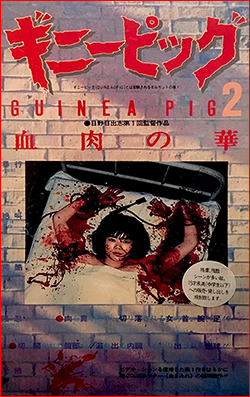 Flower of Flesh and Blood, the second installment in the Guinea Pig series, was made simultaneously with the first one, and they couldn’t be more different from each other. This one is written and directed by Hideshi Hino who had already established himself as a horror manga artist with his nihilistic and misanthropic one-shot comics Hell Baby (1982) and Panorama of Hell (1984). Besides of making horror comics Hino was also interested in working in the film industry, and directing a short film under the Guinea Pig banner, based on one of his own comics, would be a perfect arena to test the bloodsoaked waters.
Flower of Flesh and Blood, the second installment in the Guinea Pig series, was made simultaneously with the first one, and they couldn’t be more different from each other. This one is written and directed by Hideshi Hino who had already established himself as a horror manga artist with his nihilistic and misanthropic one-shot comics Hell Baby (1982) and Panorama of Hell (1984). Besides of making horror comics Hino was also interested in working in the film industry, and directing a short film under the Guinea Pig banner, based on one of his own comics, would be a perfect arena to test the bloodsoaked waters.
It’s night in Tokyo and a young woman is being stalked by a car as she walks down the street. A person comes out of the car and kidnaps her. She then wakes up in some torture chamber with bloodstains on the wall while tied to a bed and it’s all bad vibes, to put it that way. We then get introduced to the killer – a ghastly-looking man with a pencil mustache, white face painting, red lipstick, a demonic grin and he’s dressed like a Samurai. Welcome to your worst nightmare. If she wasn’t terrified enough already he gives her a quick foretaste to come by holding a chicken, cuts its head off and tosses it at her as he says This is your fate! He then jabs her with a big dose of some strong drug which knocks her right into wonderland before he gets ready for the killing ritual. The only thing missing is some classical background music.
To keep some of the snuff elements, the killer looks at the camera as he breaks the fourth wall by saying something to the viewer in a disturbing poetic manner. It’s all in Japanese with incoherent subtitles from google translate but let’s just pretend he says something like:
What you are now about to witness is hundred percent real! No fake amateur bullshit!
The one who took the bait was Charlie Sheen, of all people, after he got a VHS copy of Flower of Flesh and Blood from the film critic Chris Gore in the early 90s. This story is widely known and legendary but here’s a breakdown: When Sheen saw the film, he got shocked as he thought he’d just witnessed a real snuff film, and reported it to the FBI. They confiscated Sheen’s copy and launched an international investigation to track down those who was involved in the film, including the American distributor and Fangoria writer Chas Balun. FBI eventually found Hideshi Hino in Japan who then showed them a making-of documentary of the film while he probably laughed his ass off and were forever grateful for the global hype and free advertisement, thanks to Charlie Sheen.
Compared to the first one, Devil’s Experiment, this is on a whole another level on all aspects like day and night, with the same runtime of 40 minutes, and works so much better for its purpose. This one is also shot like a more traditional film with use of different camera angles, competent use of lighting to create a rotten atmosphere and a great showcase of really impressing shock effects which will make every weak stomachs turn to pure panic attack. Even though there’s some cheesy and out of place sound effects here, this is overall a nasty piece of straight-forward horror gore show and top tier torture porn with a flavor of visual stylishness, plain and simple. Not for everyone (no, you don’t fucking say) which could as well share the same universe as Nacho Cerdà’s wet’n sticky necrophilia dream Aftermath (1994). But for us lower level horror ghouls with a more morbid appetite for sick undergroundish stuff like this and just want to see a cute and drugged-out Japanese girl being brutally dismembered to the unrecognizable with as real-looking effects as can be, wrapped up with a nice dessert of maggot-infested body parts, well … this is a perfect gore meal – just for you. Itadakimasu!
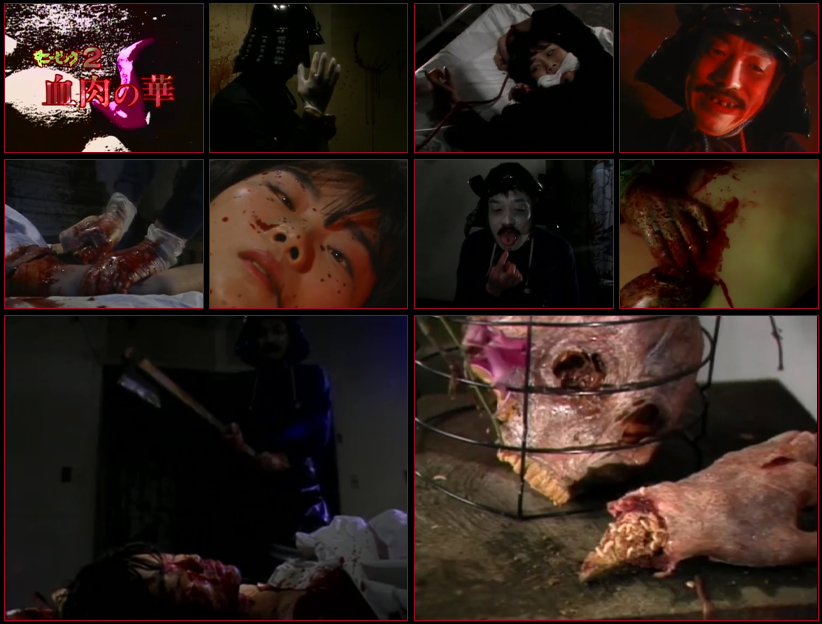
Writer and director: Hideshi Hino
Original title: Ginî piggu 2: Chiniku no hana
Country & year: Japan, 1985
Actors: Hiroshi Tamura, Kirara Yûgao
IMDb: www.imdb.com/title/tt0161635/
Prequel: GuineaPig: Devil’s Experiment (1985)
Sequel: Guinea Pig 5: Mermaid in a Manhole (1988)
![]()










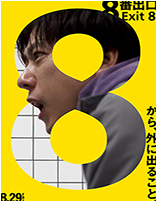

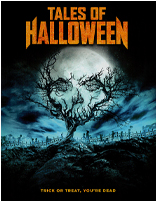





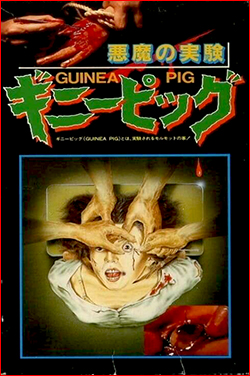
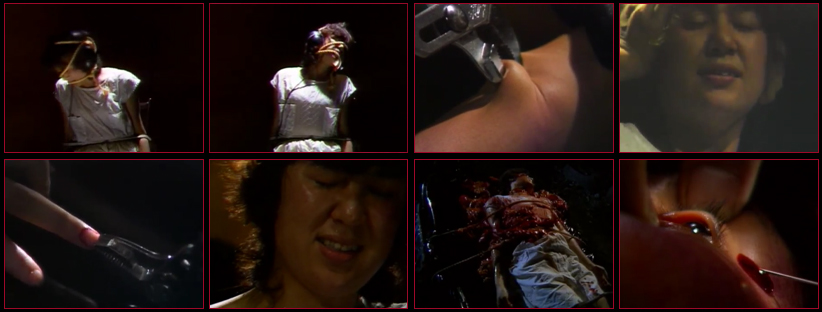

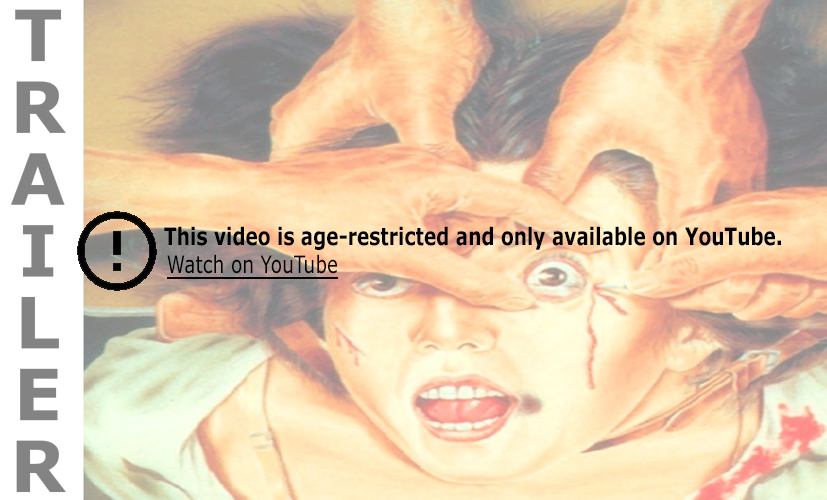



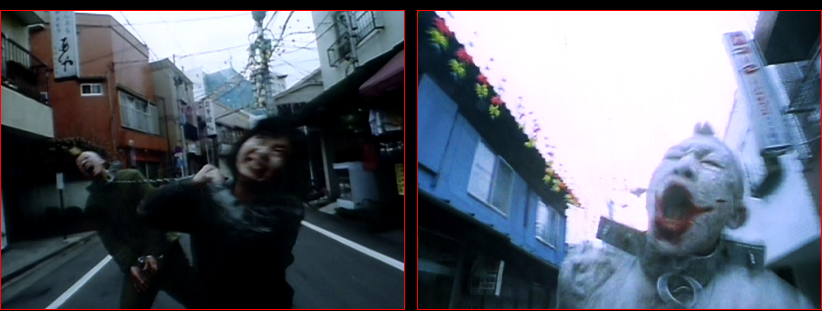

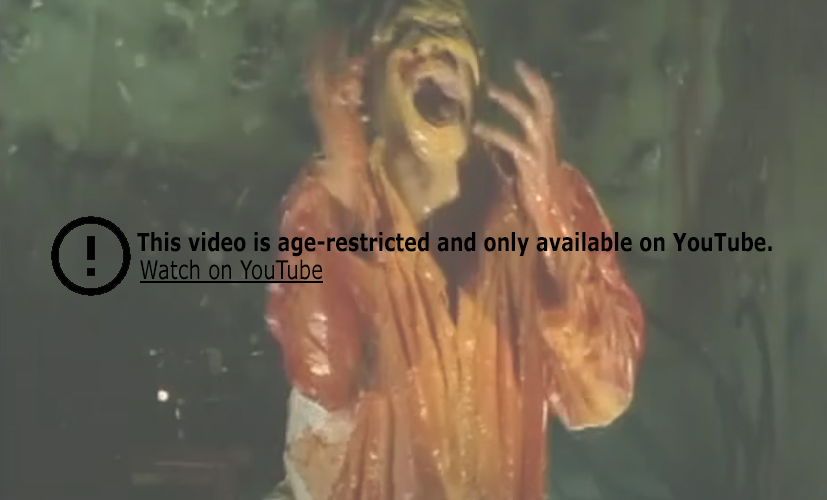
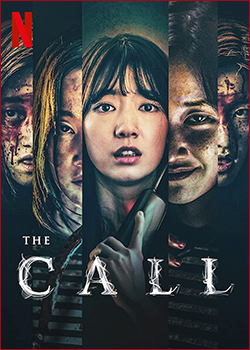 Seo-yeon is a 28 year old woman who has traveled to visit her sick mother in the rural area where she grew up. Finding that she has lost her cellphone, she goes to her rundown childhood home where she finds an old cordless phone. Soon, she starts receiving calls from this phone, where a woman claims she is being tortured by her own mother. Thinking of it as someone who have just dialed the wrong number, Seo-yeon decides to investigate the matter when more calls from this mysterious woman comes through the old phone. She finds out that the woman making the calls, Young-sook, lived in the same house in 1999…which is also the year Young-sook claims to live in when making the calls. Seo-yeon lives in 2019, which means there’s a 20 year timegap between her and the caller. The two women make contact through the phone calls, and starts exchanging information about the time they live in and their own lives. Seo-yeon explains that when she was a child, her father died in a fire. Young-sook is then able to prevent Seo-yeon’s father from dying in that accident, and Seo-yeon’s life immediately changes: both of her parents are now suddenly there and healthy, and their house is no longer in the rundown state it used to be in. Happy about the turn of events, Seo-yeon starts searching for Young-sook in order to find out what kind of life she is living these days, in the present…only to find an old newspaper article about how Young-sook was killed by her mother during an exorcism. Seo-yeon tries to warn Young-sook about what is going to happen, and by doing so, unleashes an unexpected chain of events.
Seo-yeon is a 28 year old woman who has traveled to visit her sick mother in the rural area where she grew up. Finding that she has lost her cellphone, she goes to her rundown childhood home where she finds an old cordless phone. Soon, she starts receiving calls from this phone, where a woman claims she is being tortured by her own mother. Thinking of it as someone who have just dialed the wrong number, Seo-yeon decides to investigate the matter when more calls from this mysterious woman comes through the old phone. She finds out that the woman making the calls, Young-sook, lived in the same house in 1999…which is also the year Young-sook claims to live in when making the calls. Seo-yeon lives in 2019, which means there’s a 20 year timegap between her and the caller. The two women make contact through the phone calls, and starts exchanging information about the time they live in and their own lives. Seo-yeon explains that when she was a child, her father died in a fire. Young-sook is then able to prevent Seo-yeon’s father from dying in that accident, and Seo-yeon’s life immediately changes: both of her parents are now suddenly there and healthy, and their house is no longer in the rundown state it used to be in. Happy about the turn of events, Seo-yeon starts searching for Young-sook in order to find out what kind of life she is living these days, in the present…only to find an old newspaper article about how Young-sook was killed by her mother during an exorcism. Seo-yeon tries to warn Young-sook about what is going to happen, and by doing so, unleashes an unexpected chain of events.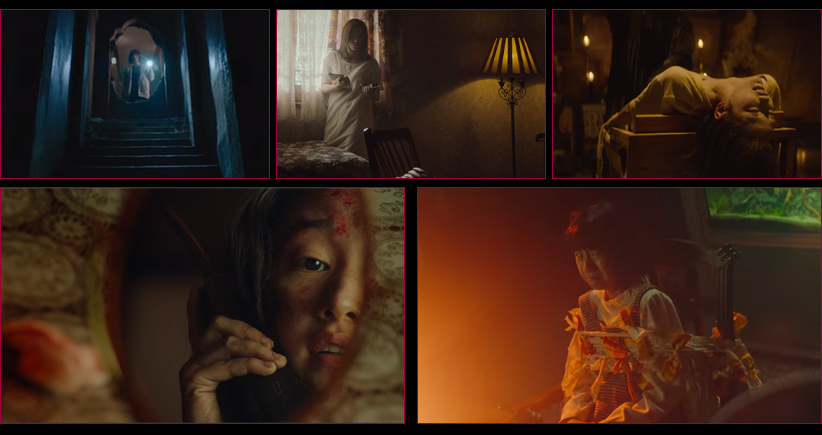


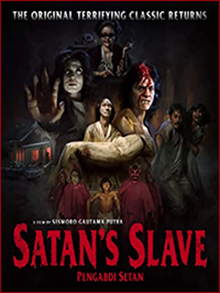
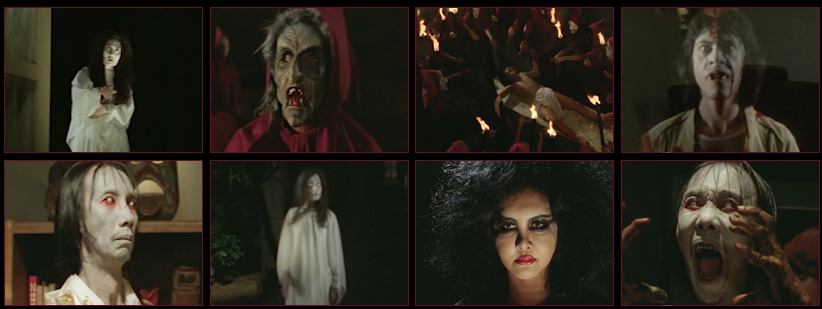


 How to even start with this movie…Uhm, well…
How to even start with this movie…Uhm, well…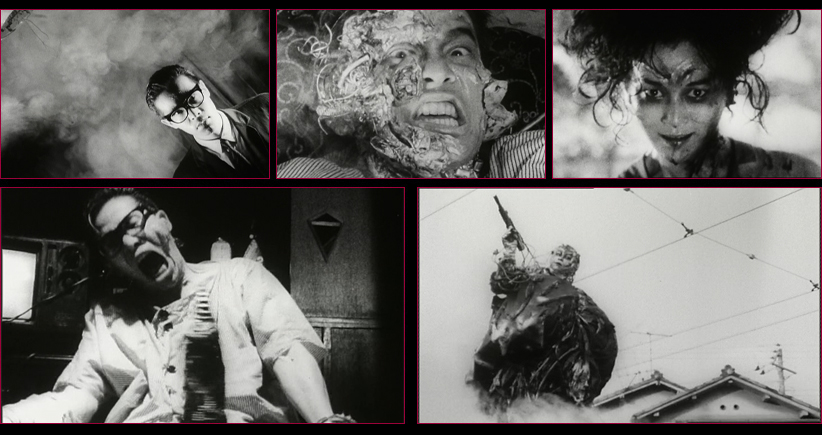
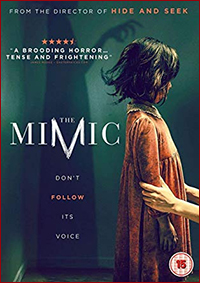 Hee-yeon and her husband moves to the countryside together with their daughter and the husband’s mother, who is suffering from dementia. Their son, Jun-seo, disappeared five years ago and Hee-yeon is struggling with accepting the fact that he might be dead. One day, she finds a mute little girl in the forest nearby, and decides to take her home. Soon, the little girl starts speaking and claims that her name is the same as Hee-yeon’s daughter, and things start to make the little girl’s intentions questionable.
Hee-yeon and her husband moves to the countryside together with their daughter and the husband’s mother, who is suffering from dementia. Their son, Jun-seo, disappeared five years ago and Hee-yeon is struggling with accepting the fact that he might be dead. One day, she finds a mute little girl in the forest nearby, and decides to take her home. Soon, the little girl starts speaking and claims that her name is the same as Hee-yeon’s daughter, and things start to make the little girl’s intentions questionable.
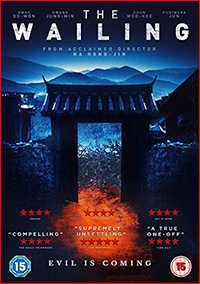 Jong-Goo is a police officer that lives a quiet life in a little village with his wife and daughter. One day he is called to the scene of a gruesome multiple murder case, where a family member of the murdered people is covered in blood from the victims. His skin is covered in strange boils, and he appears to be in a state of stupor. Soon, more incidents similar to this occur all over the little village, and some of the villagers start to blame a newcomer to the area: a Japanese man (played by Jun Kunimura, known for his roles in “Ichi The Killer”, “Audition” and “Kill Bill”) who’s taken residence in the woods. Jong-Goo starts a battle against time to figure out what is happening, as his daughter also starts showing the symptoms.
Jong-Goo is a police officer that lives a quiet life in a little village with his wife and daughter. One day he is called to the scene of a gruesome multiple murder case, where a family member of the murdered people is covered in blood from the victims. His skin is covered in strange boils, and he appears to be in a state of stupor. Soon, more incidents similar to this occur all over the little village, and some of the villagers start to blame a newcomer to the area: a Japanese man (played by Jun Kunimura, known for his roles in “Ichi The Killer”, “Audition” and “Kill Bill”) who’s taken residence in the woods. Jong-Goo starts a battle against time to figure out what is happening, as his daughter also starts showing the symptoms.